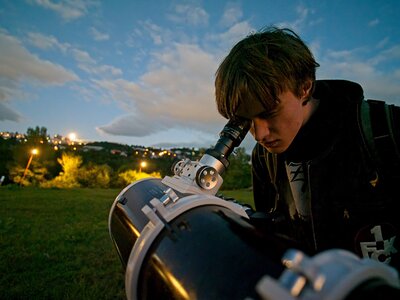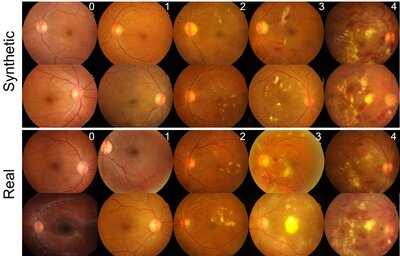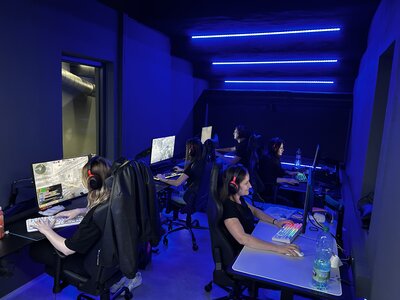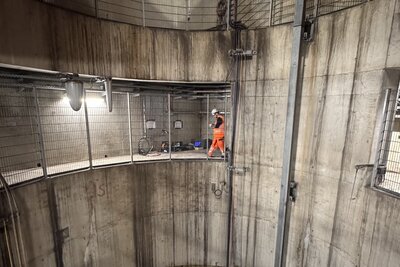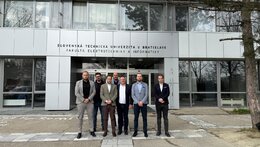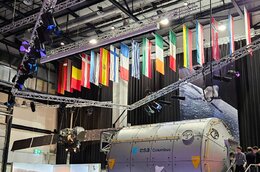As part of a collaboration with the European Organization for Nuclear Research (CERN) in Geneva, experts from the Institute of Electrical Engineering at FEI STU have joined a preparatory study to select a site for a new type of gravitational wave detector, AION [1]. The detector uses interference between wave packets of laser-cooled atoms to search for gravitational waves and dark matter. The AION-type detector requires a long vertical vacuum chamber through which cesium atoms move.
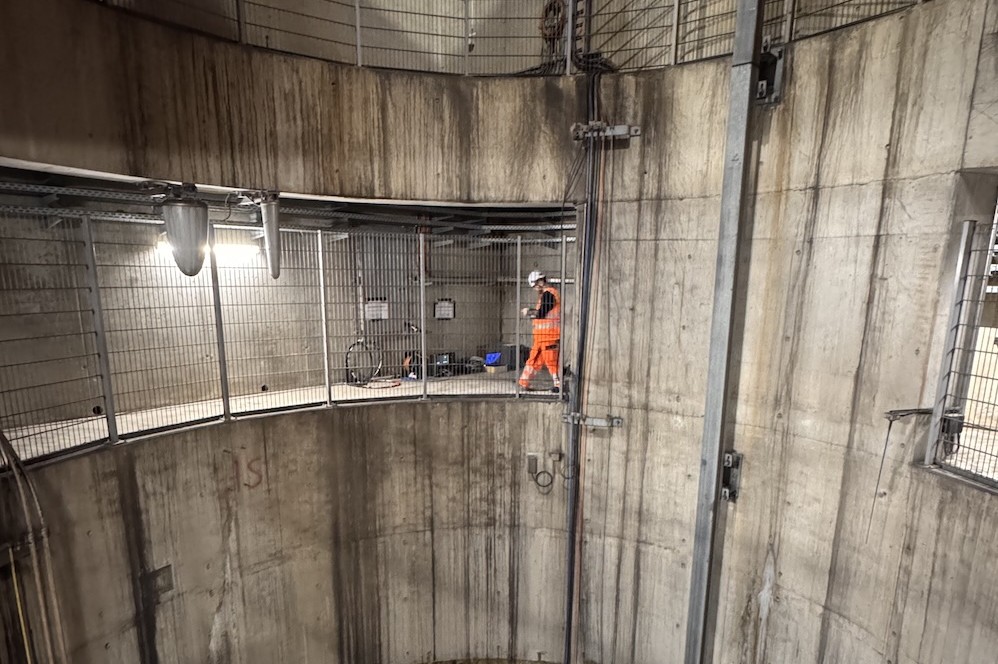
The first prototype of the AION-10 detector, featuring a 10-meter vertical vacuum chamber, is currently in operation at the University of Oxford. The site selection process for the next full-scale 100-meter-long detector took place in 2023–2024, with a strong candidate being a 140-meter-deep vertical access shaft to the LHC accelerator [2]. In parallel, a location with a depth of approximately 1 km is being sought for the final detector. An excellent opportunity is offered by the vertical access shaft for the underground railway station Porta Alpina [3] in the Gotthard Tunnel [4], located between Switzerland and Italy. At a depth of 800 meters, it is the deepest railway station and part of the longest transportation tunnel in the world.
Measuring interference of cold cesium atoms requires an extremely stable environment in terms of seismic vibrations and electromagnetic background. For the measurement of electromagnetic background, experts from the Institute of Electrical Engineering at FEI STU, in collaboration with CERN, developed and deployed three-axis broadband magnetic field sensors. These were installed, along with other sensors and data acquisition systems, both on the surface and 800 meters underground. Over the course of six weeks, various sensors will collect data on the magnetic field and general electromagnetic background in the frequency range from fractions of a millihertz up to 100 kHz, as well as seismic background, tunnel-induced seismic activity, and selected environmental indicators.
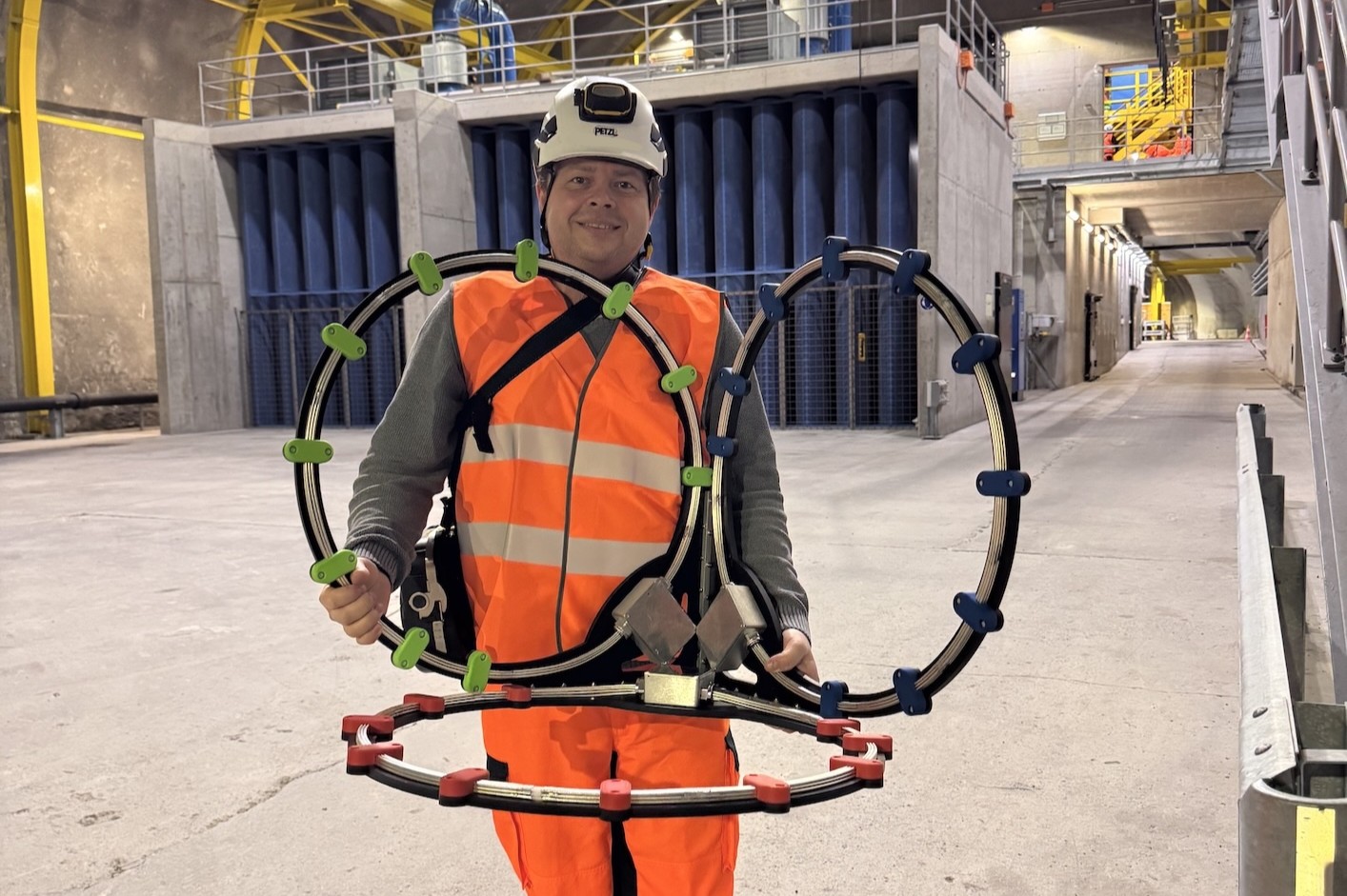
[1] An Atom Interferometer Observatory and Network (AION) https://www.hep.ph.ic.ac.uk/AION-Project/
[2] A Long-Baseline Atom Interferometer at CERN: Conceptual Feasibility Study https://doi.org/10.48550/arXiv.2304.00614
[3] Porta Alpina https://en.wikipedia.org/wiki/Porta_Alpina
[4] Gotthard Base Tunnel https://en.wikipedia.org/wiki/Gotthard_Base_Tunnel

